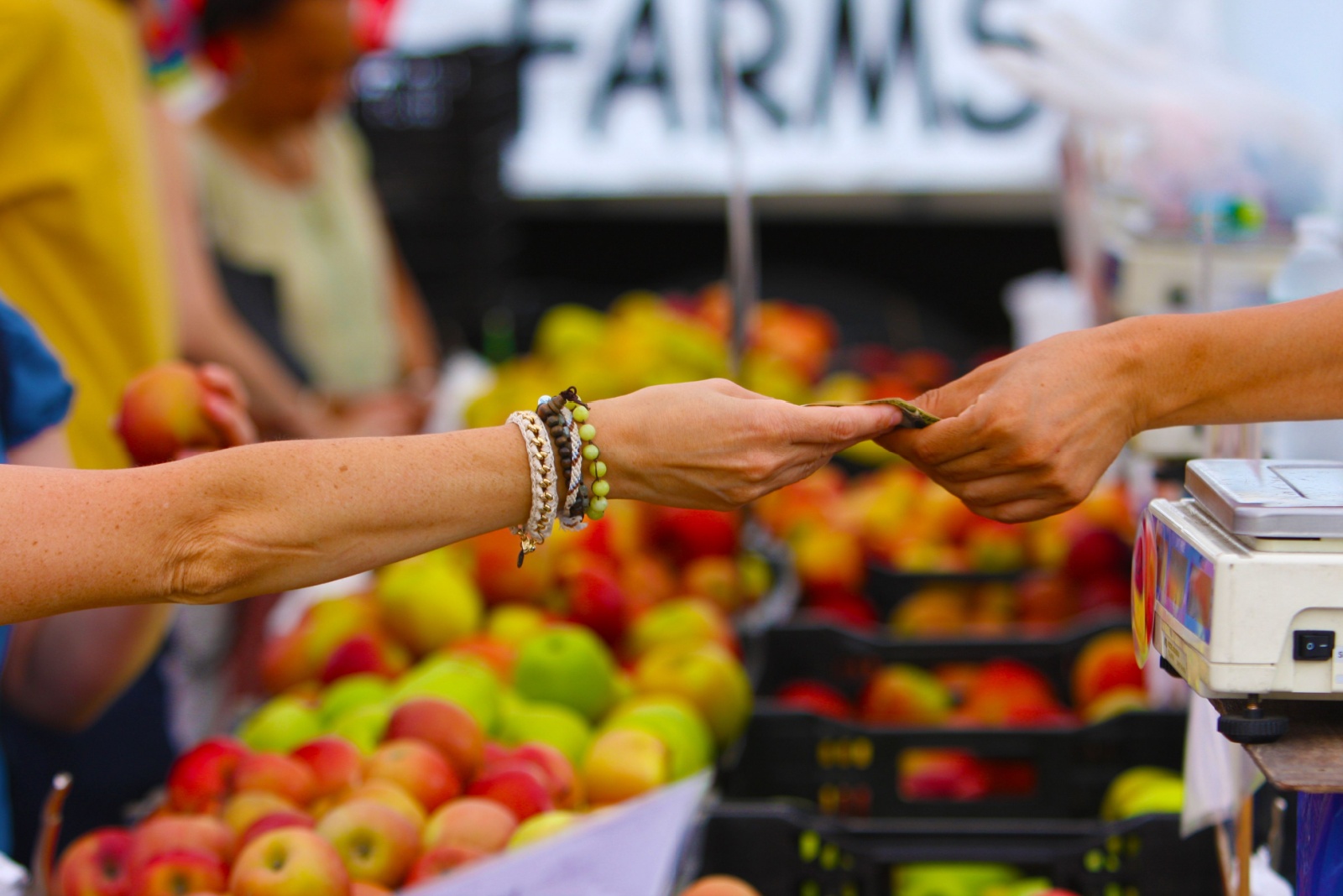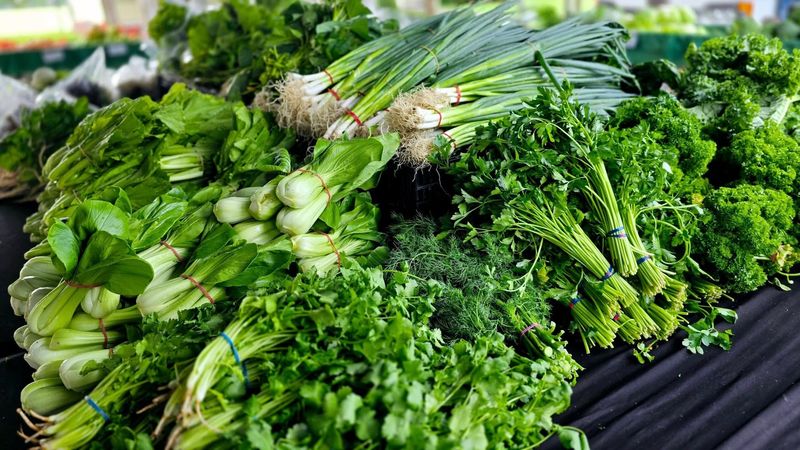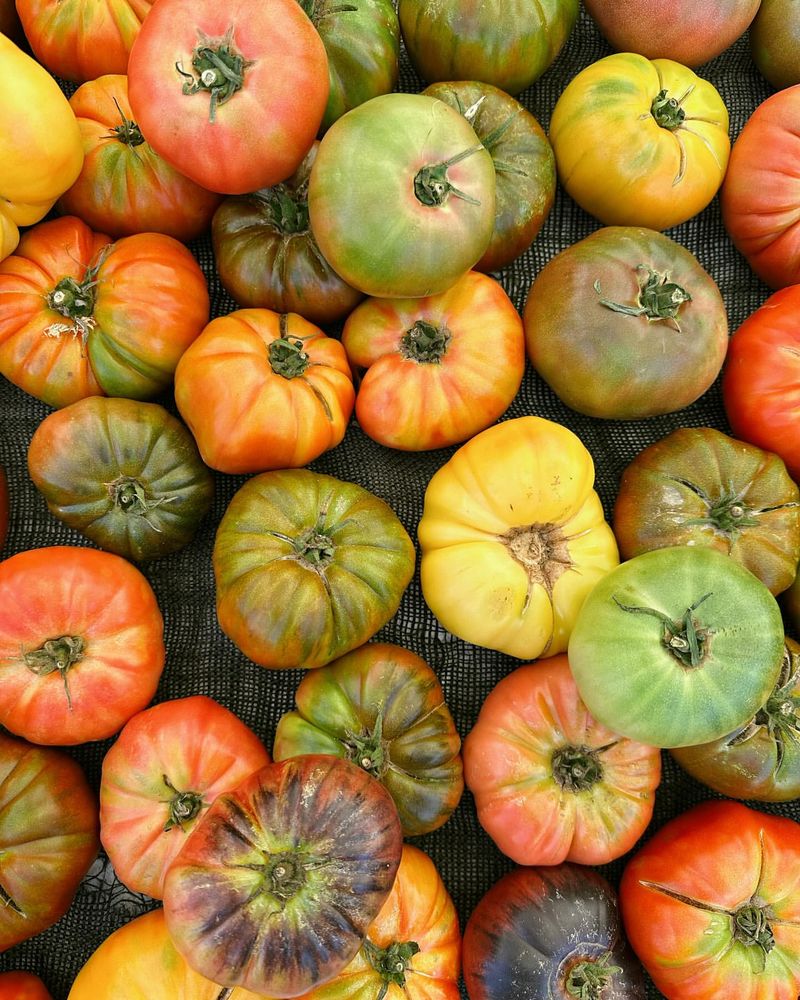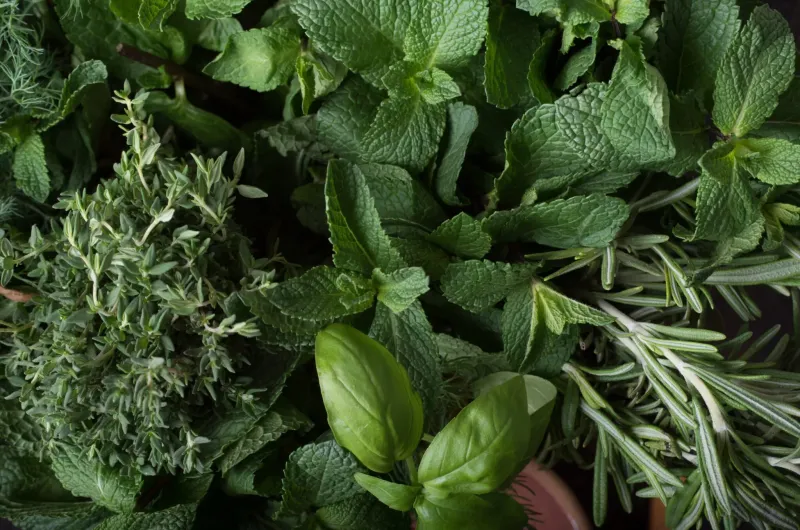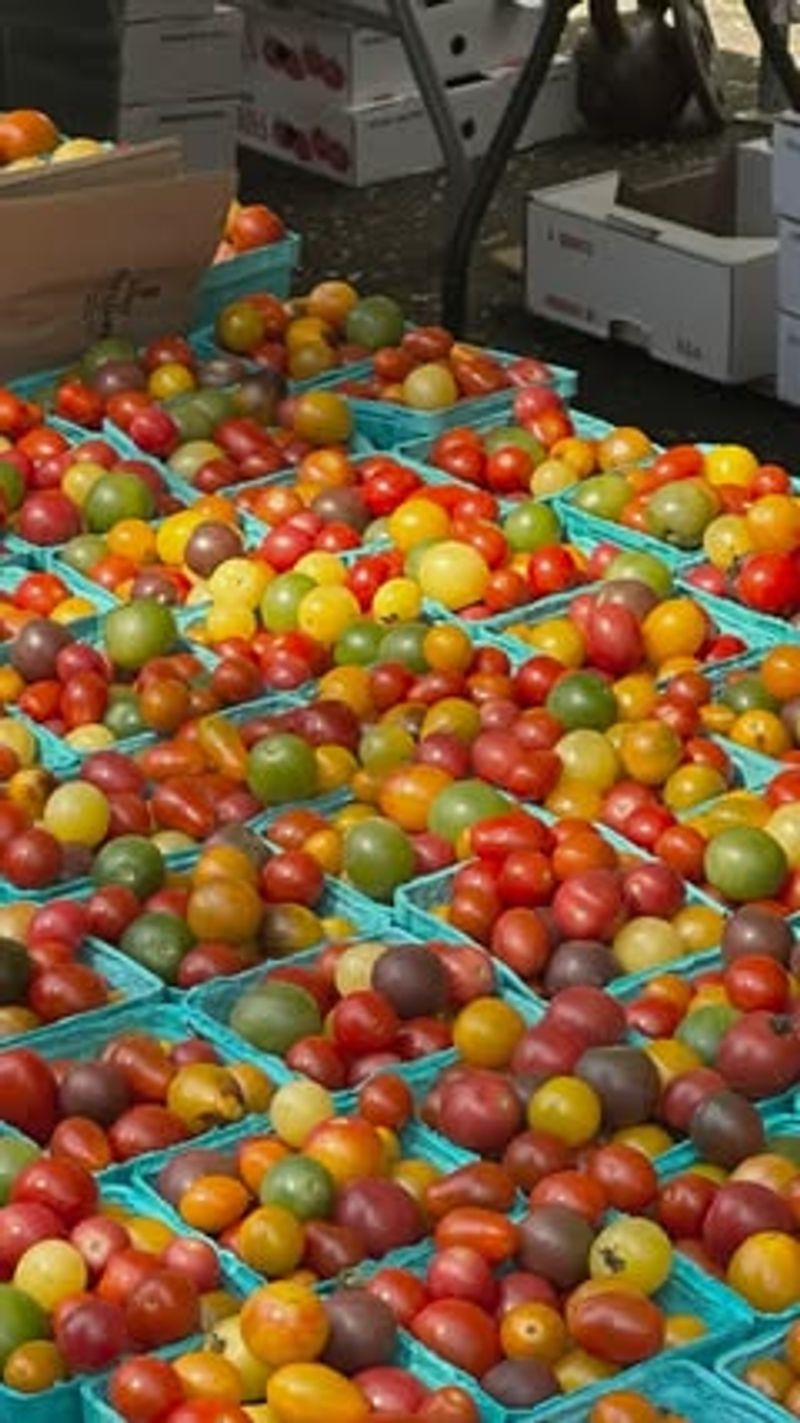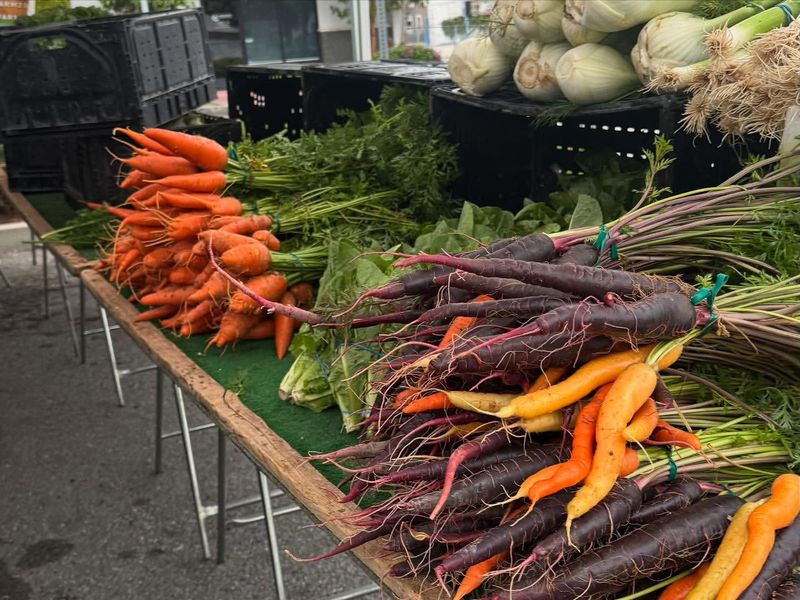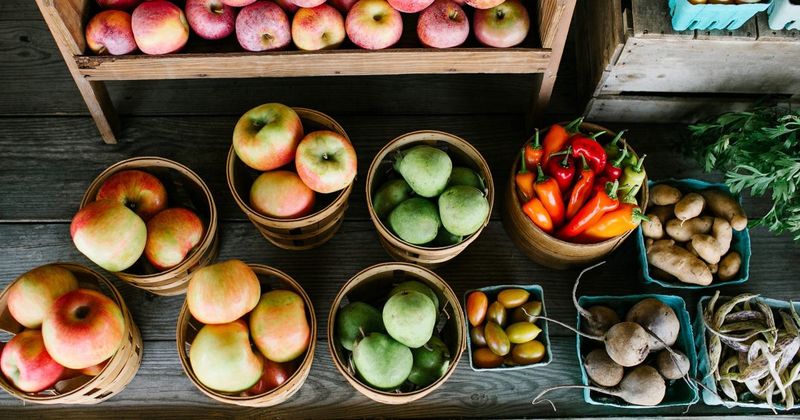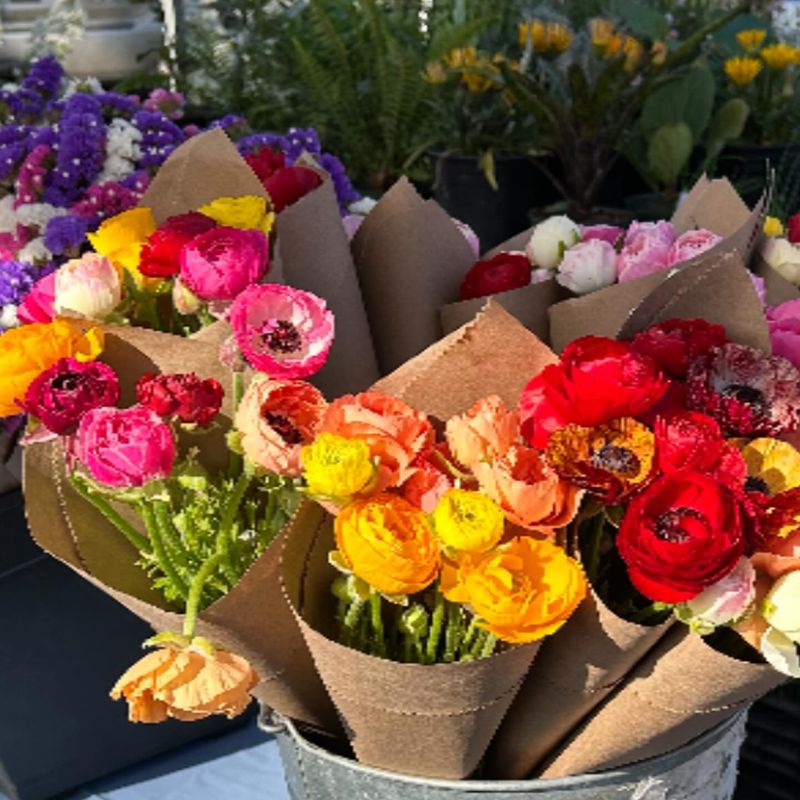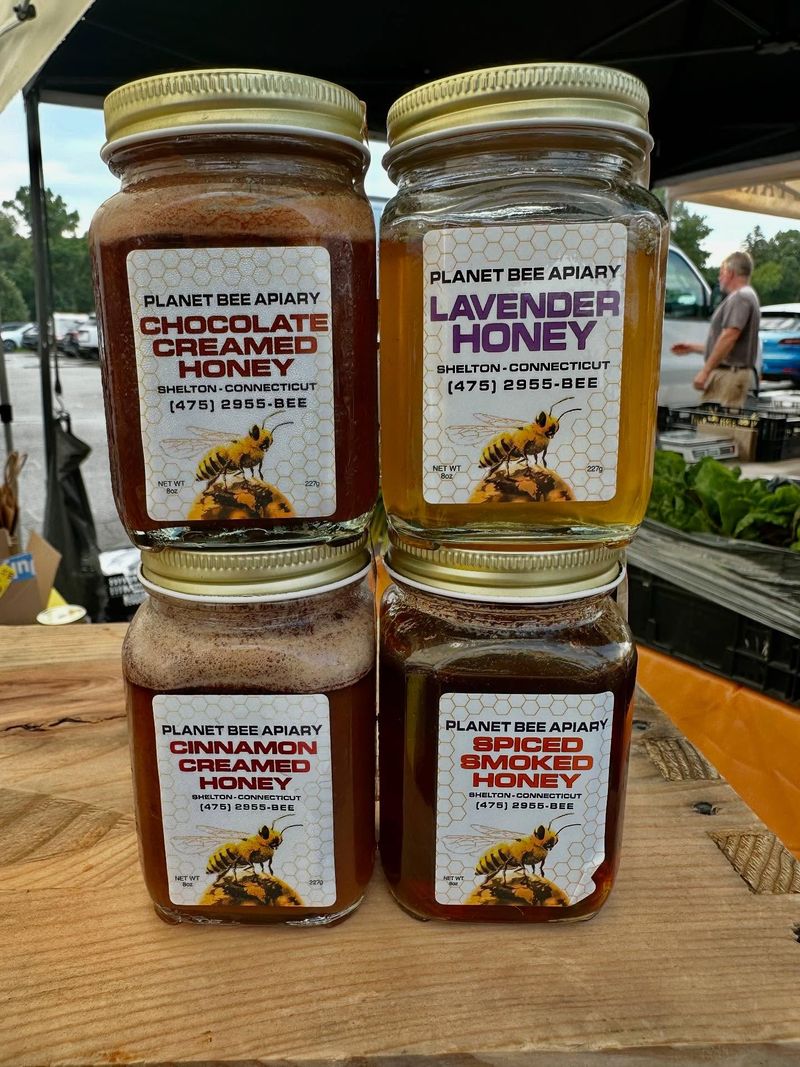New York City’s Union Square Greenmarket stands as a culinary cornerstone where city dwellers connect directly with regional farmers. Four days a week, this market transforms a concrete plaza into a food lover’s paradise with over 140 regional producers offering their best seasonal goods.
For me, walking through the market on a crisp morning reveals the agricultural richness of the Northeast in ways no grocery store can match. The producers here bring decades of farming expertise alongside innovative growing practices.
Local chefs arrive early to select ingredients that will appear on menus that same evening, while everyday shoppers fill totes with produce harvested just hours earlier. The market serves as both a food source and a reminder of the farms that surround the metropolitan area.
1. Seasonal Greens That Reflect Local Farms
The morning dew still clings to many of the leafy bundles when market opens. Farmers arrange rainbow-colored Swiss chard, spinach, and kale varieties in neat rows that create a patchwork of textures.
Many shoppers don’t realize these greens were harvested before sunrise that same day. The taste difference between these fresh-picked greens and supermarket versions becomes immediately apparent in your kitchen.
I’ve watched the seasonal progression shift from tender spring lettuces to heartier fall greens, each reflecting the changing Northeast growing calendar that farmers carefully follow.
2. Heirloom Tomatoes With Stories Behind Them
Summer brings a tomato explosion to Union Square with varieties you’ll never find in chain stores. Farmers proudly display Cherokee Purples, Green Zebras, and Brandywines, each with distinctive patterns and colors.
Behind each variety lies a preservation story. Many growers save seeds from year to year, maintaining tomato lineages that date back generations before industrial farming changed our food system.
The flavor intensity makes these worth seeking out – their natural sweetness and complex acidity need nothing more than a sprinkle of salt to create a perfect bite.
3. Fresh-Cut Herbs Adding Fragrance To The Market
Walking past herb vendors creates an aromatic journey that changes with the seasons. Bundles of basil, mint, dill, and cilantro perfume the air, often causing shoppers to pause and breathe deeply.
The market’s herb selection extends far beyond grocery store basics. Farmers offer lemon verbena, lovage, and purple basil varieties that rarely appear elsewhere in the city.
Small-scale growers excel at these delicate crops, harvesting at peak freshness and transporting them carefully to maintain their volatile oils and flavors that make cooking with them so rewarding.
4. Berries That Capture New York’s Growing Season
Early summer brings the first strawberries – smaller than supermarket varieties but packed with intense flavor that reminds you what berries should taste like. Market regulars know to arrive early before these sell out.
The berry progression continues through summer with raspberries, blueberries, and blackberries appearing as their seasons peak. Unlike commercially shipped berries, these are picked at full ripeness.
Farmers often offer samples, allowing you to taste before buying. The naturally sweet juice that bursts from each berry demonstrates why local, seasonal eating makes such a difference.
5. Root Vegetables With Market Tradition
Fall transforms the market with earthy treasures pulled from regional soils. Farmers display multicolored carrots, golden beets, and purple-topped turnips with their greens still attached as proof of freshness.
The variety extends beyond what most shoppers expect. Watermelon radishes reveal their stunning pink interiors when cut, while celeriac and rutabaga offer flavors many city dwellers have never experienced.
Several farms have maintained the same market spots for decades, building loyal customer bases who return specifically for their root vegetables known for exceptional sweetness developed through careful growing practices.
6. Orchard Fruits Bringing Country Flavors To The City
Northeast orchards transport their bounty directly to Union Square throughout the growing season. Stone fruits like peaches and plums appear in midsummer, followed by the apple and pear varieties that define fall in New York state.
Many of these fruit varieties were selected specifically for their flavor rather than shipping durability. The difference becomes apparent with first bite – juicier, more aromatic, and often more delicate than mass-market counterparts.
Orchard owners often staff their own stands, happily explaining which varieties work best for eating fresh versus baking into your next pie or tart.
7. Fresh Flowers Adding Natural Beauty
Flower farmers bring bursts of color that transform the market into an outdoor gallery. Seasonal blooms change weekly – spring tulips give way to summer sunflowers and zinnias, followed by fall dahlias in spectacular varieties.
The cut flower stands attract photographers and artists alongside shoppers looking to brighten their apartments. Unlike imported flowers, these locally grown varieties often carry natural fragrances lost in commercial production.
Farmers create ready-made bouquets or let you select individual stems. Either way, these flowers typically last longer than store-bought alternatives since they haven’t spent days in refrigerated shipping.
8. Honey And Bee Products From Regional Apiaries
Local beekeepers bring liquid gold to the market in glass jars that catch the sunlight. The honey varieties reflect regional flora – spring varieties taste noticeably different from fall harvests based on what was blooming when bees collected nectar.
Beyond basic honey, these vendors offer specialty products like beeswax candles, propolis tinctures, and honey infused with herbs or spices. The beekeepers themselves often become educators, explaining pollination’s importance to our food system.
Several apiaries maintain hives within city limits, creating truly local honey that captures the essence of New York’s surprisingly diverse plant life in each sweet spoonful.

